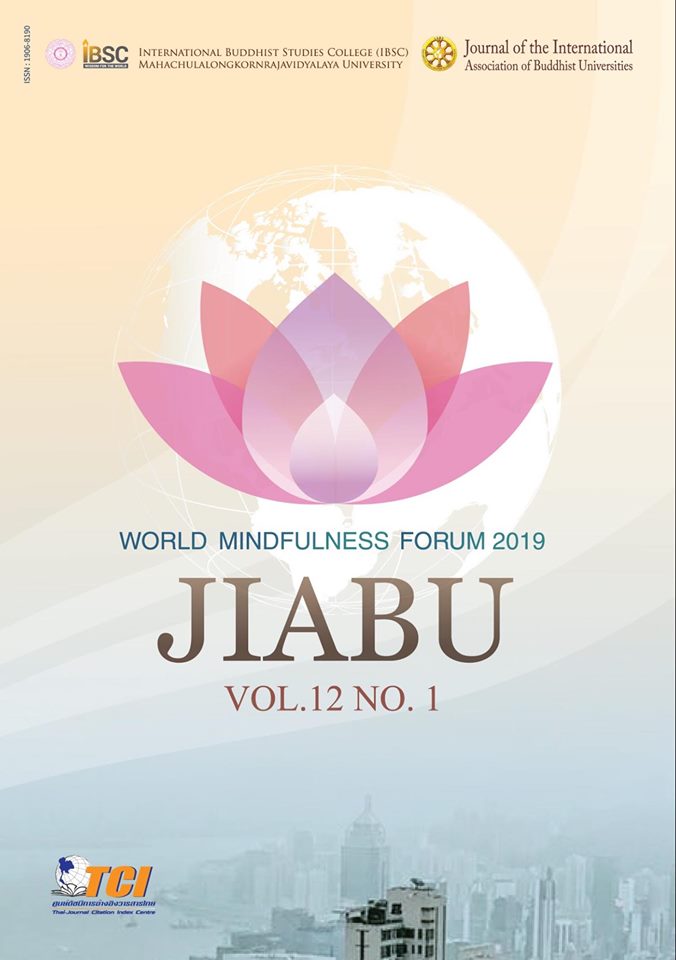The Belief and Practice of Dāna in Khmer Traditional Ceremonies
Main Article Content
Abstract
The purpose of this paper is to explore the Belief and Practice of Dāna of Khmer
People through their traditional ceremonies and to study generally the concepts and
significance of Dāna of Khmer People as well as the general practice dāna of them in Chol
Chnam Thmay Ceremony (Khmer New Year) and Bun Phchum Bind Saen Donta Ceremony
(gratitude to ancestors), and showing about the methods practice dāna that have a lot of
important benefits of Khmer people on the occasion of traditional ceremonies and relation
with Theravāda Buddhism.
Article Details
Views and opinions expressed in the articles published by The Journal of the International Association of Buddhist Universities (JIABU), are of responsibility by such authors but not the editors and do not necessarily reflect those of the editors.
References
Pannasastra University.
U Ba Kyaw (tr.) (1980). Elucidation of the Intrinsic Meaning So Named, the Commentary on
the Peta-Stories. London: PTS.
Hok Savann. Atthabot Breah Dhor. Vol. III. Retrieved on 19 November 2018 from http:/
www.hoksavann.org/books/Dhamma%20teaching%20Part%20III.
Narada, Mahathera (tr.). Sutta Nipāta. Retrieved on 29 November 2018 from https://www.
accesstoinsight.org/tipitaka/kn/snp/index.html.
Choun Nat Jotannano Somdej Breah Sangharaja Ganamahanikaya (1967). Vacananukrom
Khmer. Vol I, II. Phnom Penh: Buddhist Institute.
Jhun Kim Eet (2012). Amisadāna and Dhammadāna. California, USA.
Buth Savong (1999). Siksaphrasutta. Somdek Mangala Tepaja Um Sum, Buddhist Philosophy.


